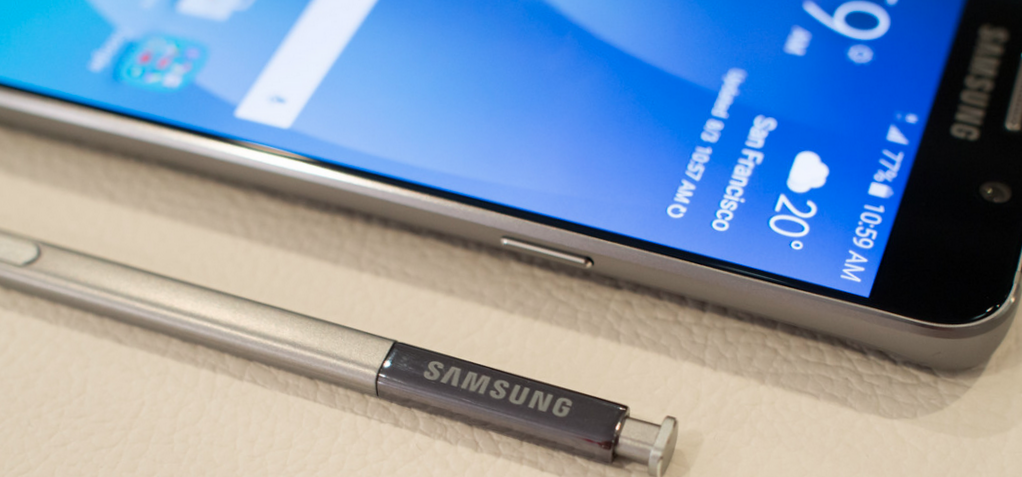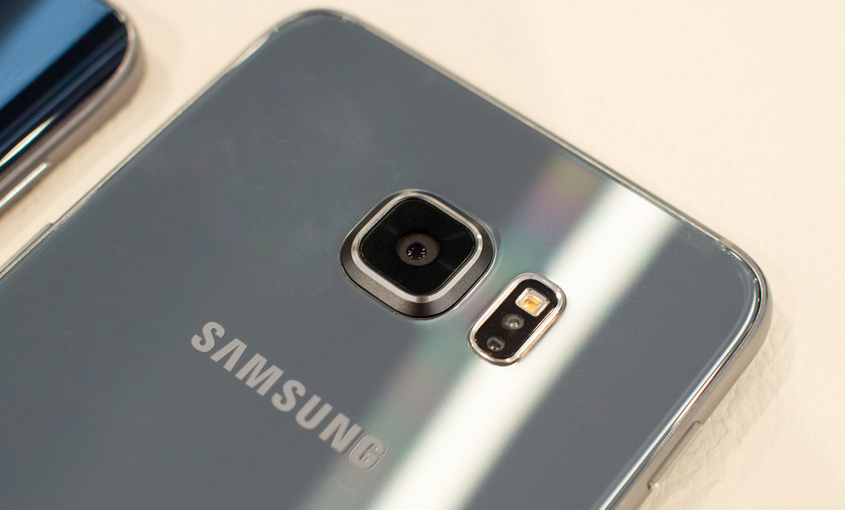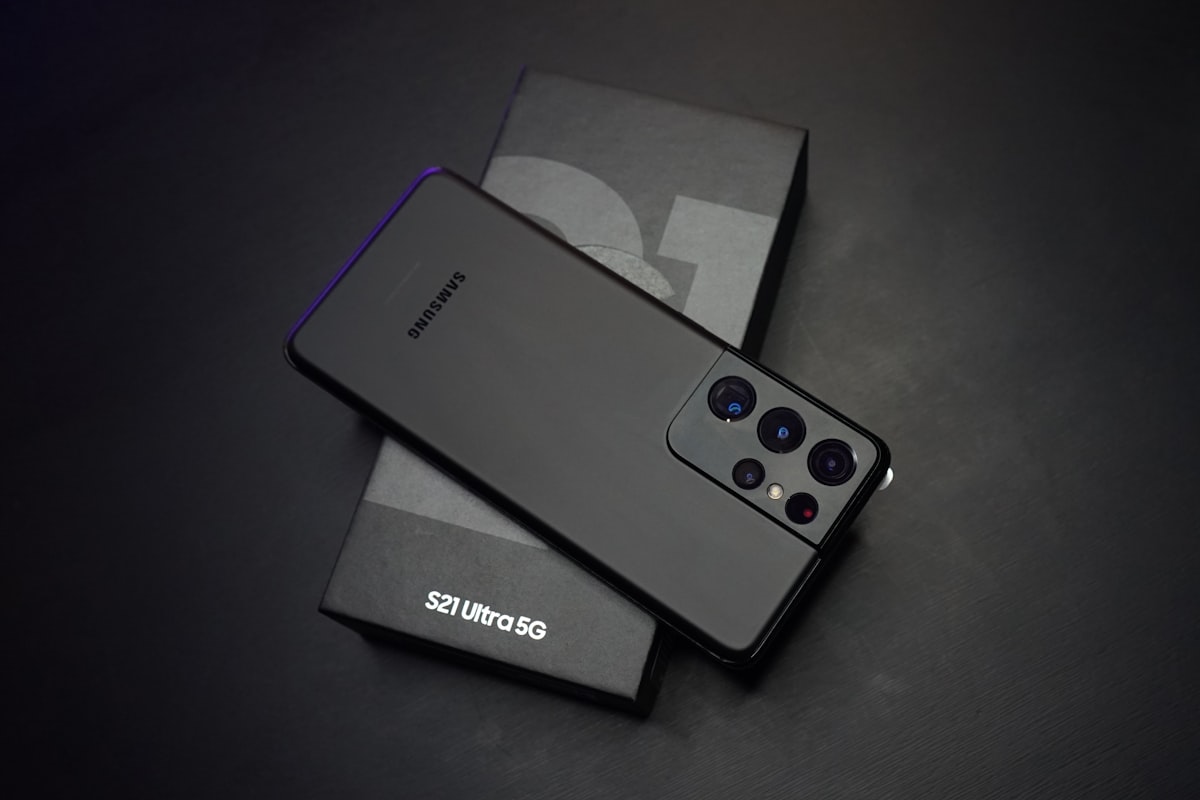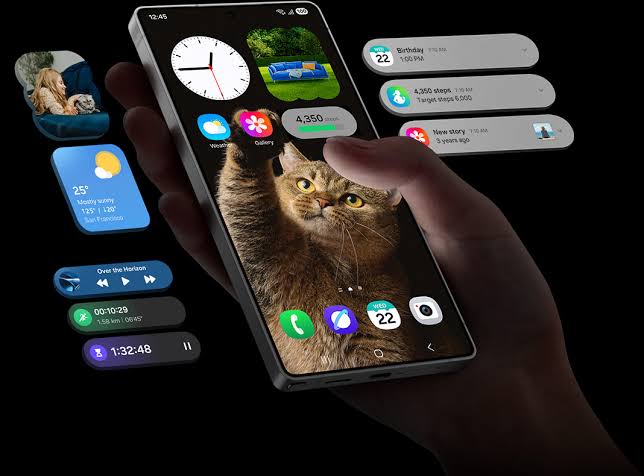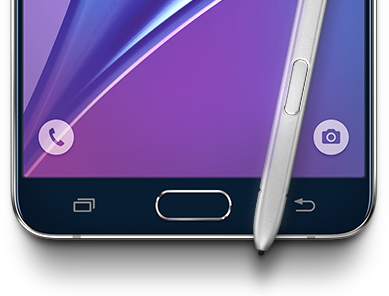
Phablet is a term that was born with the Samsung Galaxy Note, and ever since the company has been pushing limits every year, better hardware, software customizations done specifically for larger screens and much more. Samsung is not good at keeping secrets and we almost had every specifications with us days before the official launch.
Note 5 will face some serious competition this time, with its predecessor Note 4 that was a huge hit, with LG G4, OnePlus Two, Moto X Style, Moto X Play and with its unpack mate- S6 Edge Plus. So, this post is going to shed some light over its capabilities when put to test with Note 4 and Note Edge.
Design
Note 5 : Metal Build; Note 4: Plastic Built; Note Edge: Beautiful Curved display with Plastic Built.
Metal build wins, always, instantaneously. It looks more premium, feels better and superior to that of plastic and we don’t really have to say anything more than that. Note 5 is also thinner than both its predecessors with a millimetre, Note 5 has at thickness of 7.5mm whereas Note 4 and Note Edge stand at 8.5mm and 8.3mm respectively. Also Note 5 is lighter than them both with 171g as total weight when Note 4 and Note Edge boost 176g and 174g.
So when we actually pick all those devices at once and compare them by their looks and design, Note 5 will prevail due to its thickness, light-weightiness and the fact that the device is actually smaller than Note 4 and Note Edge casing thanks to extremely thin bezels that helps to tone done the actual footprint.
Processing Power
Exynos 7420 vs Snapdragon 805
4GB LPDDR4 RAM vs 3GB LPDDR3 RAM
Mali-T760MP8 vs Adreno 420
Samsung has quickly started to feature its own in-house processors in its flagships and that is no-doubt helping the company to cut-costs and tone down power consumption thanks to the new 14nm manufacturing processes. Exynos 7420 is a state-of-art processor unit which also Samsung’s finest till date.
Note 5 has a Exynos 7420 octa-core clocked at 4 x 2.1GHz + 4 x 1.5GHz, while Note 4 and Note 5 both have the same Qualcomm Snapdragon 805 quad-core with 4 x 2.7GHz cores. Coming on the gaming and graphic front, we all know that Adreno has no clear rivals here, even though Note 5 tries to settle with Mali-T760MP8, it will have a tough time comparing to the likes of Adreno 420 featuring in Note 4 and Note Edge.
Another important denominator in processing power is the amount of RAM device actually has to match up with the never-ending world of android applications which seems to be ever-growing, just like our universe. Note 5 has a new-generation 4GB LPDDR4 RAM while both of our competitor have 3GB LPDDR3 housings.
Camera
It’s just tad bigger than Mega-Pixels
We seem to care about Mega-Pixels too much, but in reality that is a really small part of story. Sensor quality, size, f-stops, focal length are crucial stuff when it comes to smartphone camera. Note 5, Note 4 and Note Edge all of them seem to feature the same rear camera, 16MP; but that is not the case. Image sensor is upgraded to a f/1.9 aperture.
The real difference will be more clear when we will have camera samples from people who have recieved review units.
Specification Comparison
| Samsung Galaxy Note 5 | Samsung Galaxy Note 4 | Samsung Galaxy Note 4 Edge | |
|---|---|---|---|
| Display | Super AMOLED capacitive touchscreen, 16M colors 5.7 inches, 1440 x 2560 pixels Corning Gorilla Glass 4 | Super AMOLED capacitive touchscreen, 16M colors 5.7 inches, 1440 x 2560 pixels Corning Gorilla Glass 4 | Super AMOLED capacitive touchscreen, 16M colors 5.7 inches, 1600 x 2560 pixels Corning Gorilla Glass 3 |
| SoC | Exynos 7420 Quad-core 1.5 GHz Cortex-A53 & Quad-core 2.1 GHz Cortex-A57 | Qualcomm Snapdragon 805 Quad-core 2.7 GHz Krait 450 | Qualcomm Snapdragon 805 Quad-core 2.7 GHz Krait 450 |
| RAM | 4GB LPDDR4 RAM | 3GB LPDDR4 RAM | 3GB LPDDR4 RAM |
| GPU | Mali-T760MP8 | Adreno 420 | Adreno 420 |
| Storage | Internal: 32/64GB External: No MicroSD support, OTG supported | Internal: 32GB External: Upto 128GB MicroSD, OTG supported | Internal: 32GB External: Upto 128GB MicroSD, OTG supported |
| Camera | Rear : 16MP (5312 x 2988 pixels) with OIS and Phase Detection, LED flash, f/1.9 Front : 5MP with f/1.9 | Rear : 16MP with Optical Image Stabilisation and Phase Detection, LED flash Front : 3.7MP | Rear : 16MP with Optical Image Stabilisation and Phase Detection, LED flash Front : 3.7MP |
| Video Recording | 2160p at 30fps, 1080p at 60fps, Optical Image Stabilization | 2160p at 30fps, 1080p at 60fps, Optical Image Stabilization | 2160p at 30fps, 1080p at 60fps, Optical Image Stabilization |
| Battery | Li-Po 3000 mAh battery (non-removable) | Li-Po 3220 mAh battery | Li-Po 3000 mAh battery |
| Other Specs | New FingerPrint Sensor Support, Wireless Charging Support | New FingerPrint Sensor Support, Wireless Charging Support | New FingerPrint Sensor Support, Wireless Charging Support |
Conclusion
Newer is better
But only if you can compromise on a MicroSD card slot as well as on the removable battery front, for the compromise you get a higher pixel count, a muscular metal design, a dynamic camera, an extra Gig of RAM, and most importantly, the Exynos 7420.


